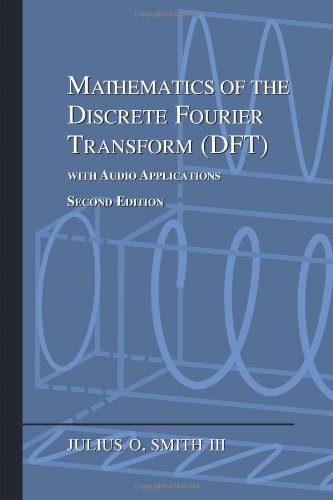Causal Zero Padding
In practice, a signal
![]() is often an
is often an ![]() -sample frame of
data taken from some longer signal, and its true starting time can be
anything. In such cases, it is common to treat the start-time of the
frame as zero, with no negative-time samples. In other words,
-sample frame of
data taken from some longer signal, and its true starting time can be
anything. In such cases, it is common to treat the start-time of the
frame as zero, with no negative-time samples. In other words, ![]() represents an
represents an ![]() -sample signal-segment that is translated in time to
start at time 0. In this case (no negative-time samples in the
frame), it is proper to zero-pad by simply appending zeros at the end
of the frame. Thus, we define
e.g.,
-sample signal-segment that is translated in time to
start at time 0. In this case (no negative-time samples in the
frame), it is proper to zero-pad by simply appending zeros at the end
of the frame. Thus, we define
e.g.,
In summary, we have defined two types of zero-padding that arise in practice, which we may term ``causal'' and ``zero-centered'' (or ``zero-phase'', or even ``periodic''). The zero-centered case is the more natural with respect to the mathematics of the DFT, so it is taken as the ``official'' definition of ZEROPAD(). In both cases, however, when properly used, we will have the basic Fourier theorem (§7.4.12 below) stating that zero-padding in the time domain corresponds to ideal bandlimited interpolation in the frequency domain, and vice versa.
Next Section:
Zero Padding Applications
Previous Section:
Causal (Periodic) Signals



















